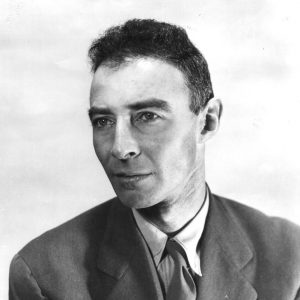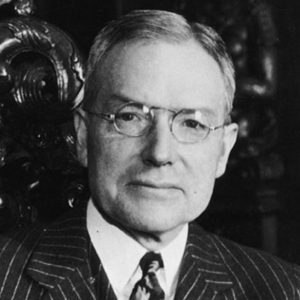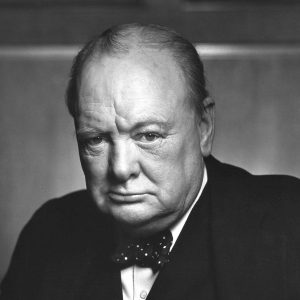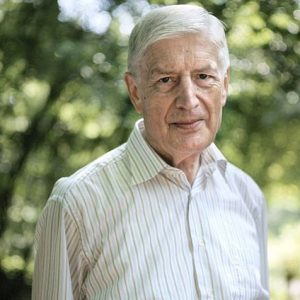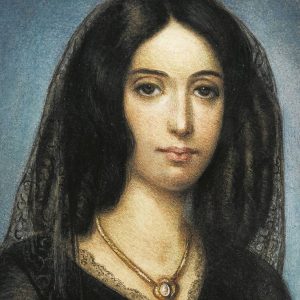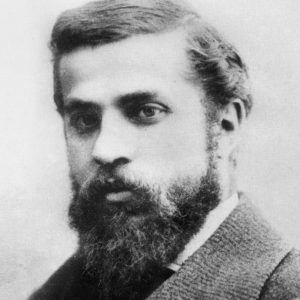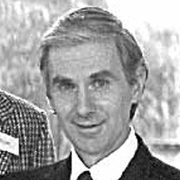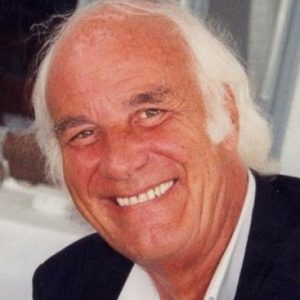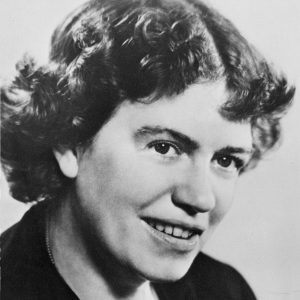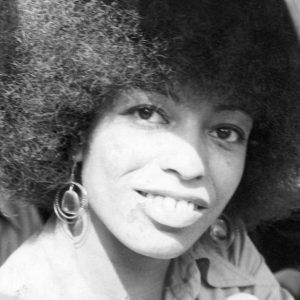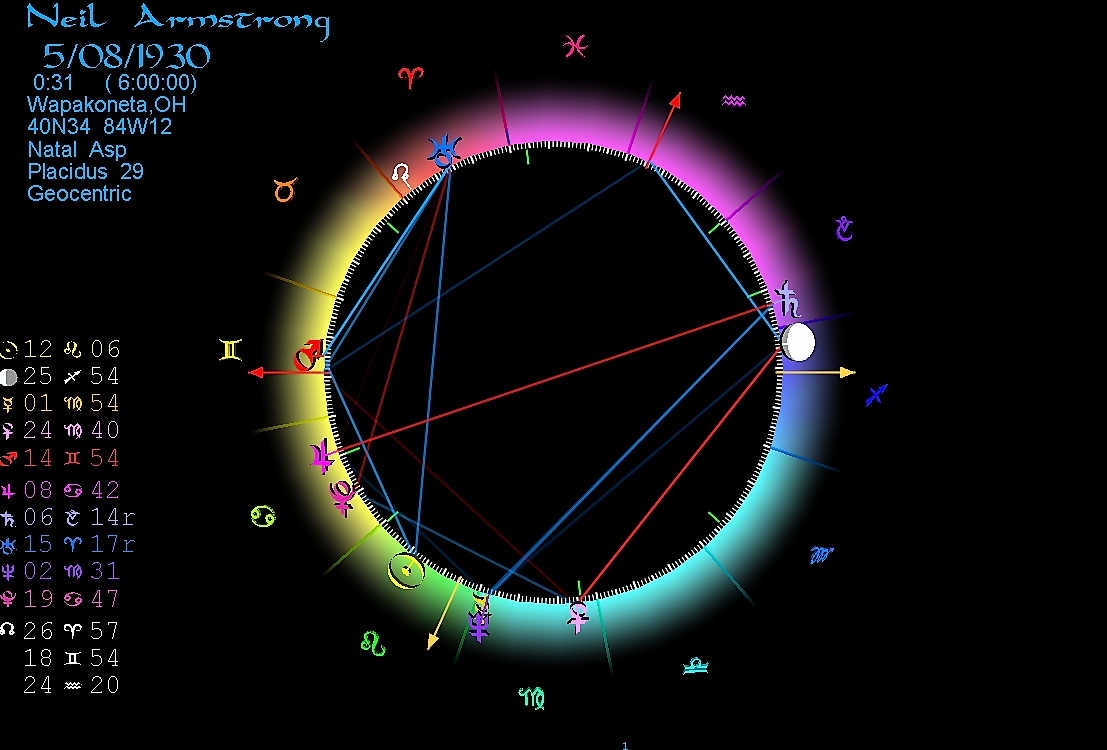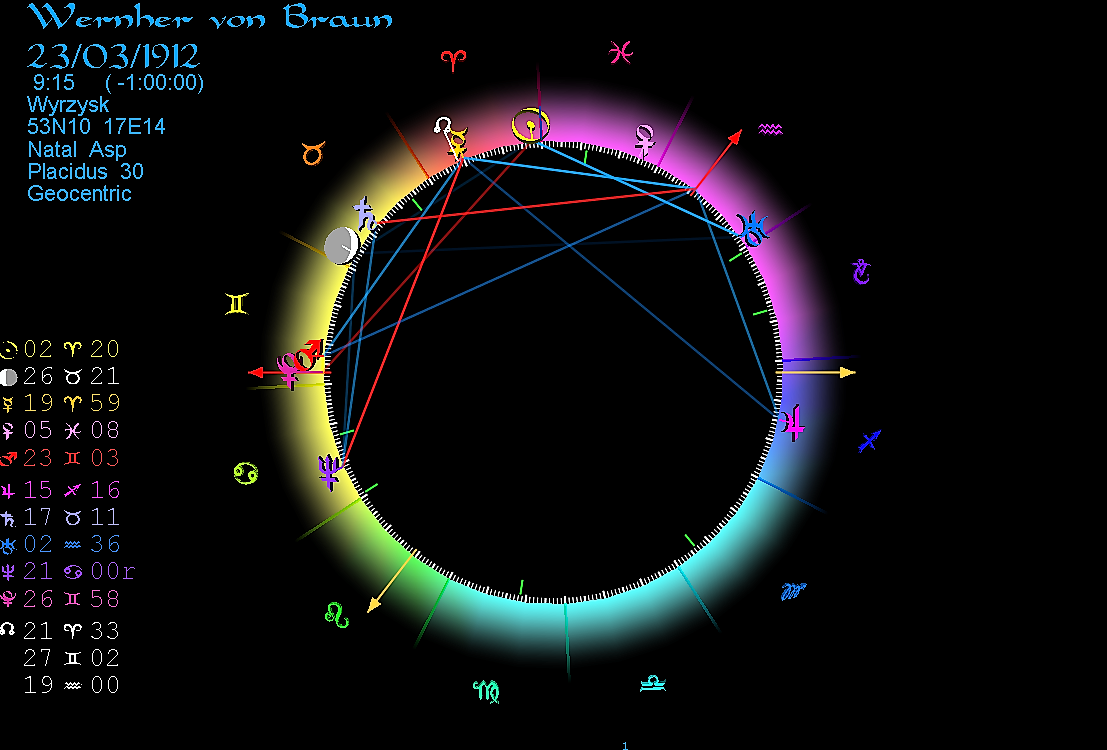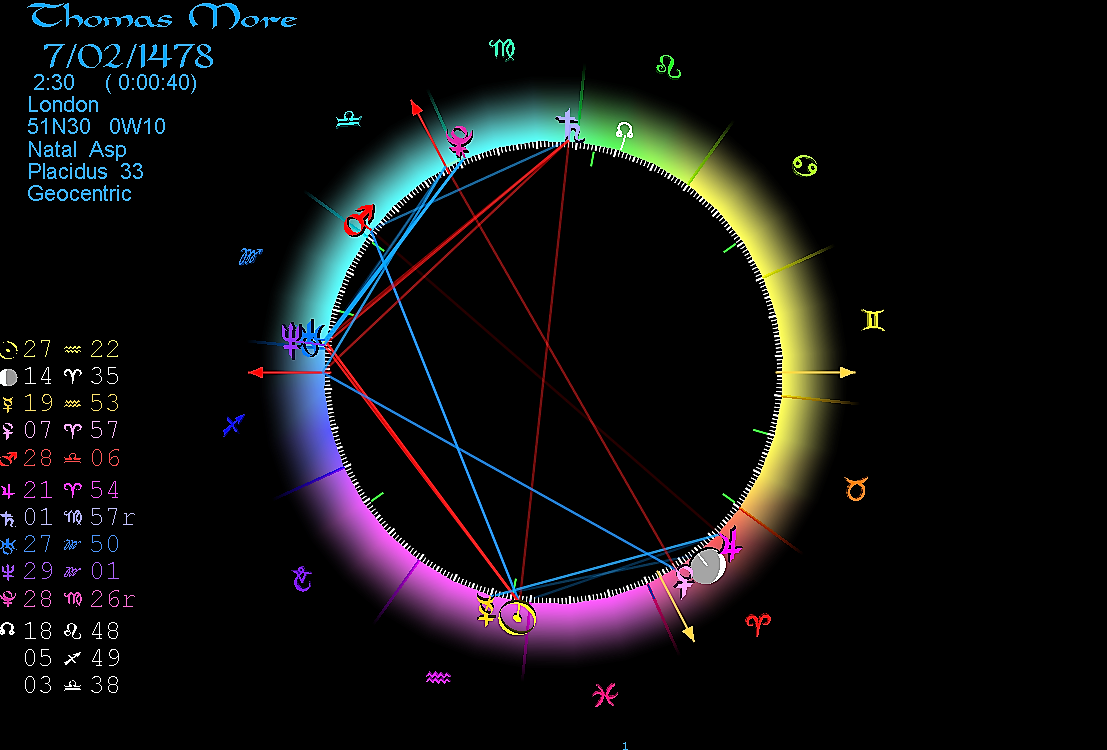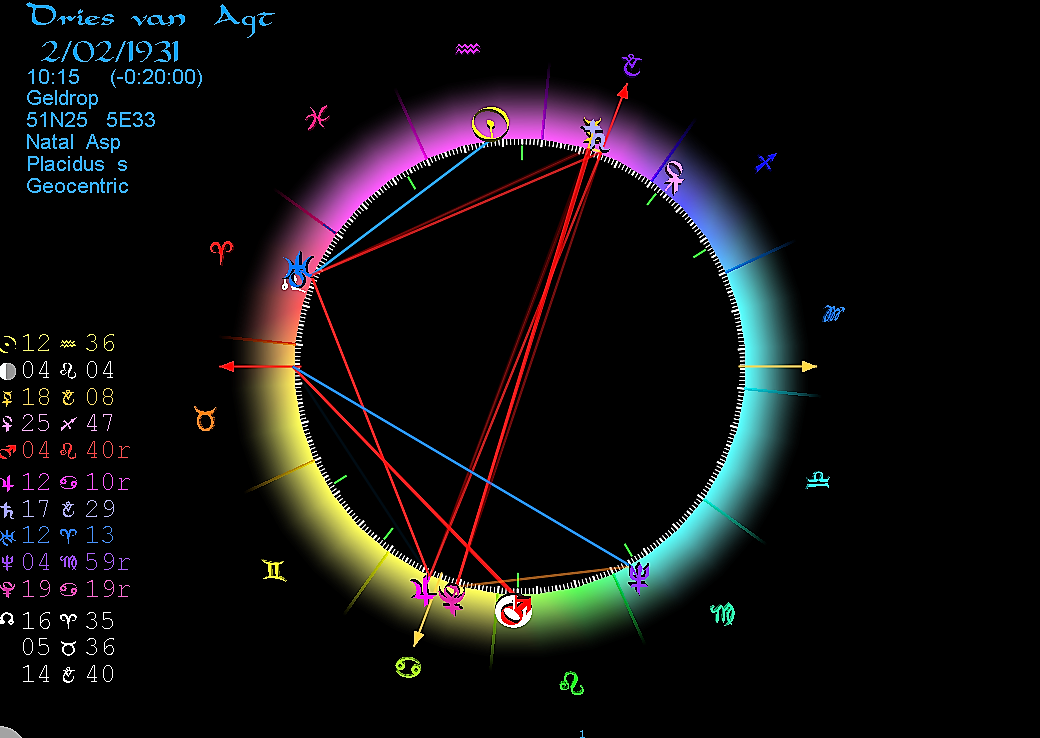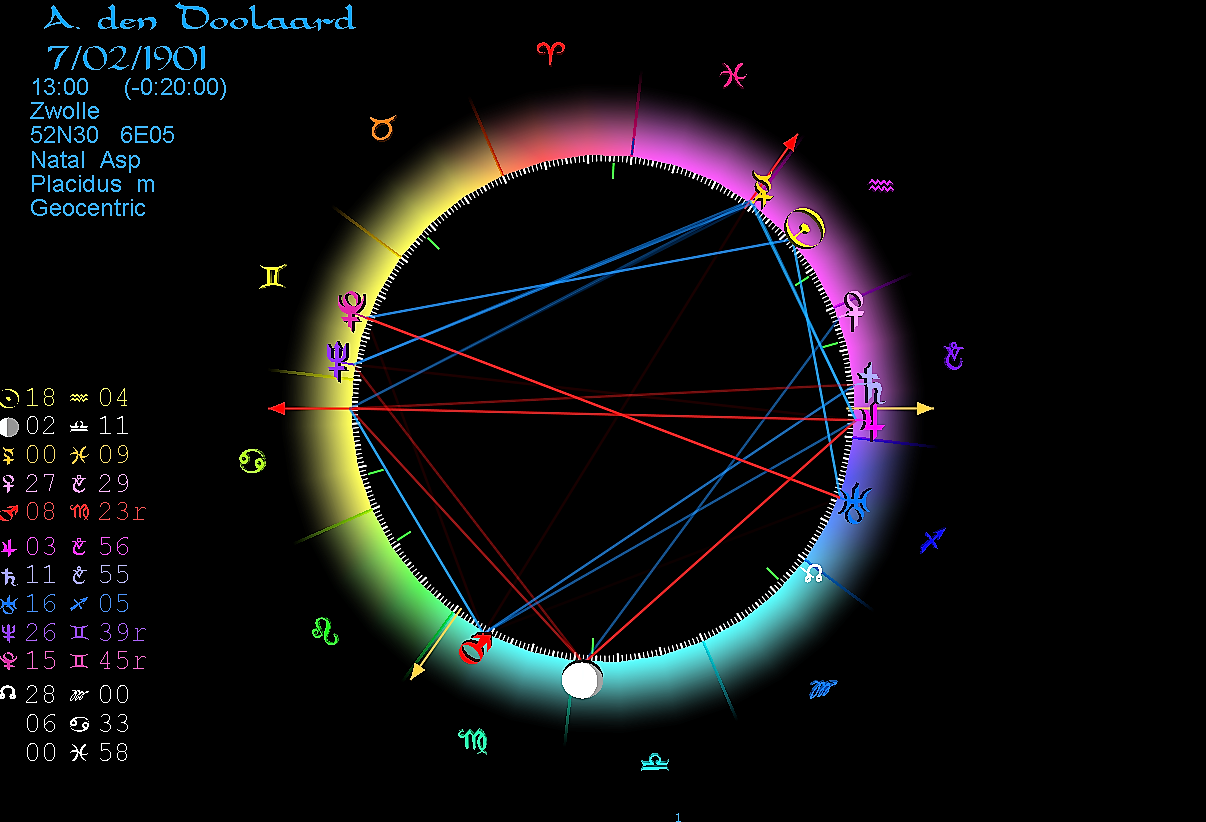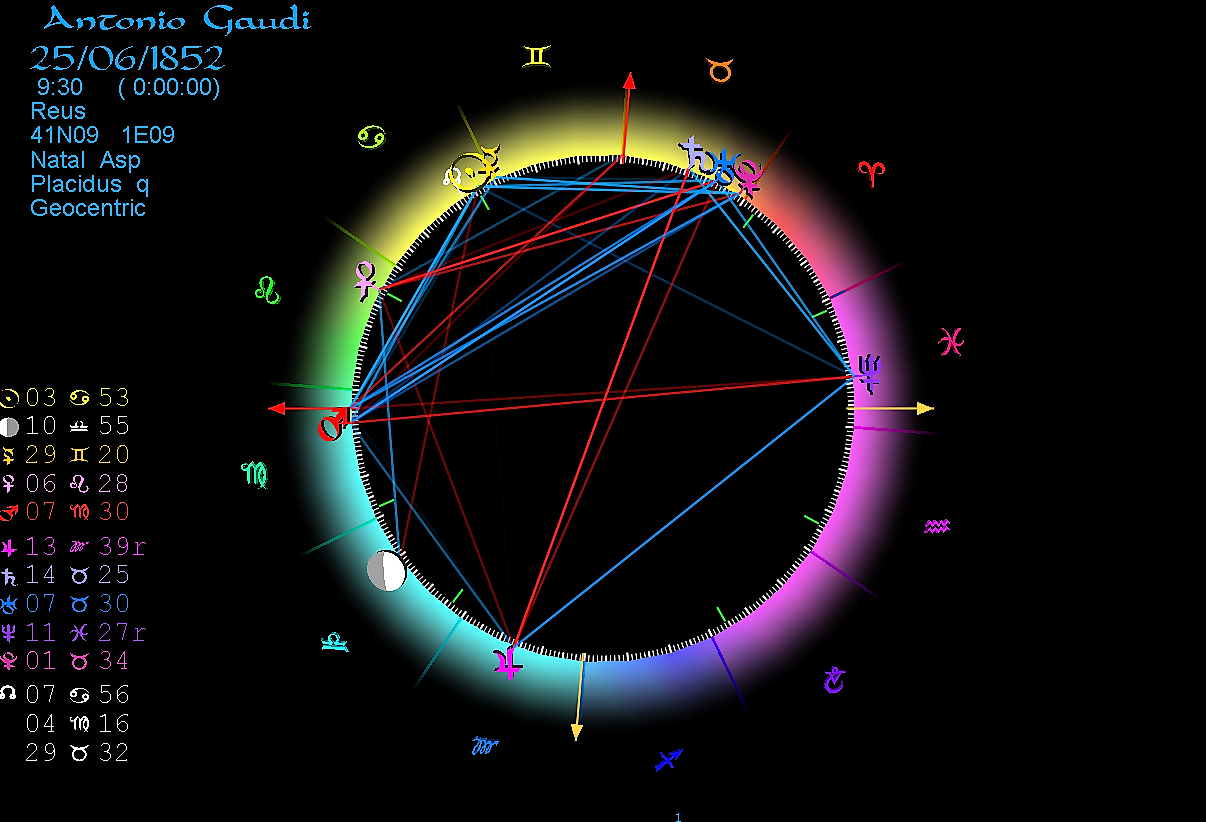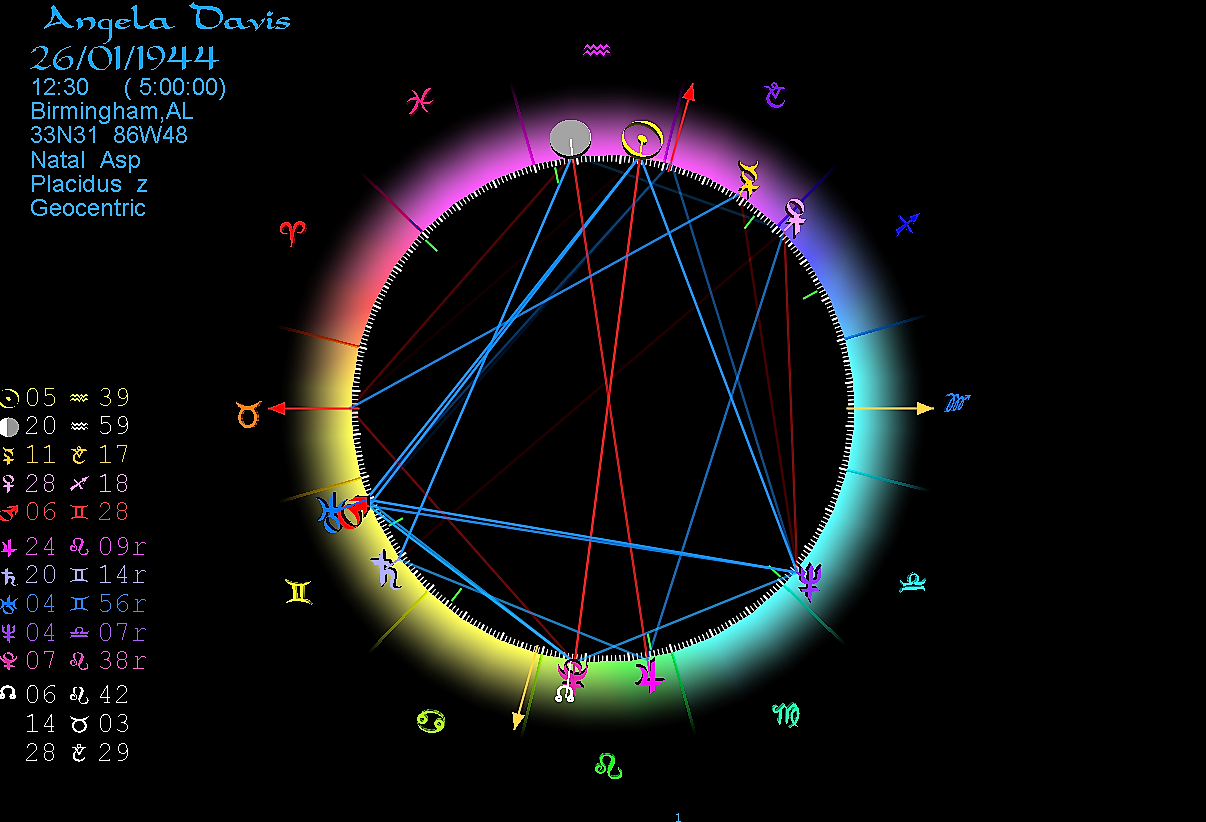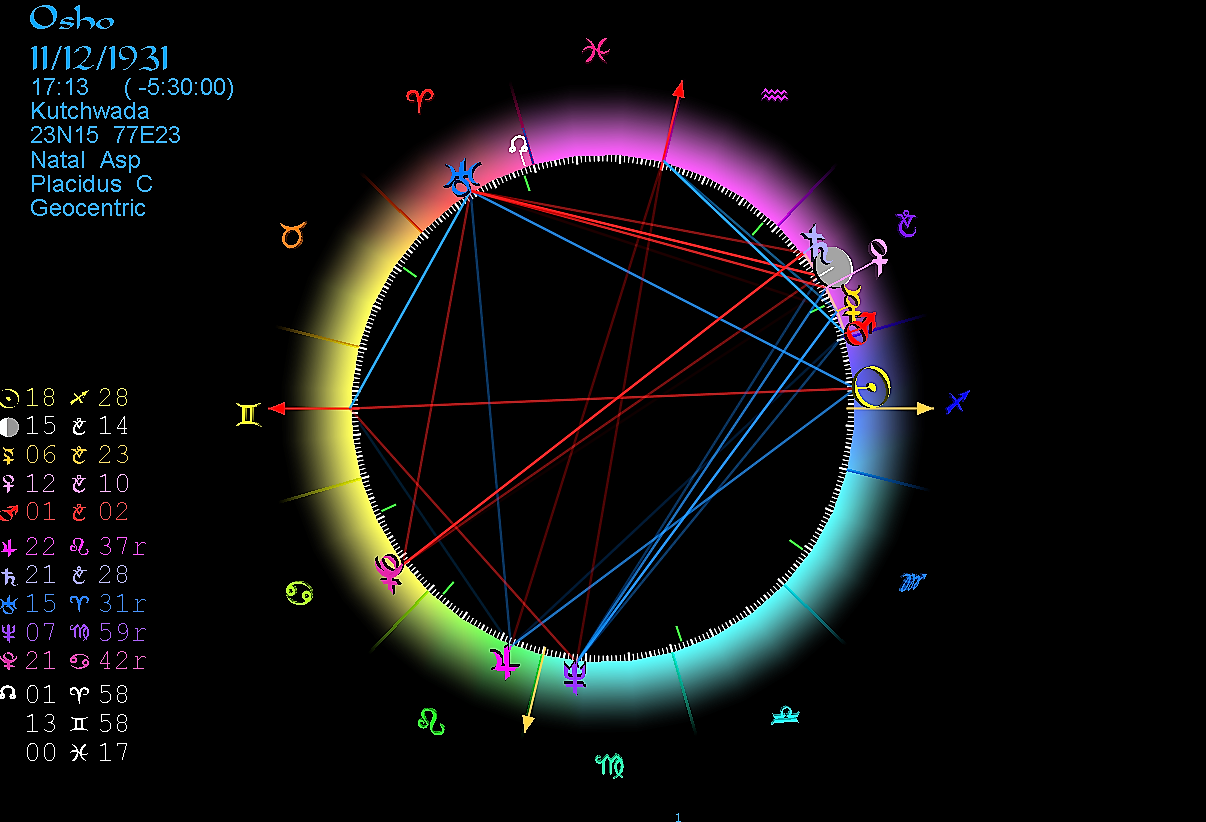↓ Download this article
Uranus

abstract:
Are those individuals with Uranus strikingly aspected in their birth charts indeed Uranians in the traditional astrological sense?
And what, if any, are the most dominant astronomical and (therefore) astrological factors shared or contrasting with those of Neptunians?
In short: Is the claim of certain sceptics justified i.e. that no evidence exists for the validation of any form of astrology? If this is correct, then all the researched factors should show the anticipated average result. However, this is not the case.
Why is this? The following is my research to verify the facts:
Materials
The basis is a collection of 60 horoscopes of individuals of more or less international renown and from whom a trustworthy record of the time of birth exists. Also included are 2 horoscopes of mundane origin.The focus is againon Sun in relation to UR, NE and PL.
These Uranians have been defined using the following 5 astrological factors:

My reference sources are identical to those used for Neptunians:
“Circles, 800 horoscopes of famous people”by Jan Kampherbeek. (Dutch).
500 horoscopes from my personal collection.
N.B. the German DAV database with many thousands of horoscopes could not be fully used here, since its search module has 3 input fields of which the third does not function adequately.
Of the thousands of names and charts researched for this article, around 12 -1300 individuals remained to be tested with the 5 criteria described above.
To ensure the reliability of the material solely those horoscopes are included which appear on the Astro-Databank site, where the Rodden Rating is cited. Jan Kampherbeek’s “Circles” also names the source of data, as well as providing clear classification throughout.
The Rodden Ratings AA, A and B form a reliable basis for this research. Lower ratings, e.g. two with C, have also been included in the following list and are coloured grey to differentiate them.
The advantage of the number 60 is its divisibility. (It can be divided by 2, 3, 4, 5, 6, 10, 12 and 15). This simplifies the calculation of probability (the numbers in brackets).
Here is the list:

The research revealed that 60 Uranians had two or more factors, compared to 36 Neptunians.
Therefore the following conclusion:
1) It is obviously easier for Uranians to reach a certain level of notoriety with their talents than for Neptunians.
This can only be explained astrologically. There the lively Uranian is considered as being much more extrovert than the dreamy Neptunian. And Aquarius is a sign indicating greater social skill than Pisces, of seeking to participate in the public debate through engagement. Meanwhile the Piscean takes pity on the world’s outcasts…
Sister Immaculata, for thirty-four years long,
bathed the bed-ridden elderly,
patiently spooning them morsels of food,
never to see her praises be sung (Reve) tr.
For those less familiar with the astrological meaning given to the planets, here is an overview, composed over 55 years:
Pluto: ‘to be or not to be’,
presence, urgency, passion, transformation,
domination, stamina, underworld,
‘raison d’être’.
Neptune: ‘lost in space’ (and time),
unlimited, eternal, cosmos, nirwana, maya,
spirit, soul, psyche, subconscious,
unknowable, mystery, occultism, spiritism, divination,
religion, gnosticism, mercy, redemption,
muse, imagination, inspiration, universal love, beauty, romanticism,
intuition, empathy, compassion, altruism, comfort,
relaxation, memory, dreams, drifting, wishful thinking,
confusion, solitude, escapism, addiction, paranoia, hypochondria,
the Arts.
Uranus: ‘enlightenment’,
discovery, awareness, emancipation, freedom, autonomy, humanism, democracy,
originality, non-conformism, eccentricity, expansion, revolution,
modernity, (high-)technology, futurism,
nervousness, restlessness, speed, noise,
the Sciences.
N.B. The standard orb used for this research is 7½ degrees: A full synodic cycle passes through 8 major aspects, namely 0, outgoing 60, 90, 120 and 180, then incoming 120, 90 and 60 degrees. The chance of a major aspect is then 1:3, (8x2x7½=120:360=1:3).
Neptunians’ lesser serendipity
Looking at the total aspects among the listed Uranians and comparing that number of aspects to those of the Neptunians, a remarkable result comes to light:

If we maintain an orb of 7½ degrees for the major aspects, then the chance of an aspect is 1:3.
Then the average number of aspects for the Neptunians should be12 and for Uranians 20 per cycle.These we multiply by 4 (cycles), resulting in 48 for the Neptunians and 80 for the Uranians.
However, there are 78 for the Neptunians (instead of 48) and 84 (instead of 80) for the Uranians.
Therefore the extreme quantity of aspects which accompany Neptunians through life is not repeated with the Uranians in this list. My conclusion is as follows:
2) Again it is clearly more difficult for Neptunians to achieve notoriety than for Uranians, as this requires much greater talent (as shown now through aspects) than for Uranians.
Whereas Aquarius and the 11th House are about “Liberty, Equality and Brotherhood” and “One for All and All for One”, and therefore concerned with shared solidarity, in Pisces and especially in the 12th House, one is “Alone in the World”.
The Aspects
Let us look at the total of the aspects shown in the list of the Uranians. Through the 1 to 3 chance of an aspect between 2 planets, 60 Uranians divided by 3 = 20.
In contrast to the Neptunians most add up to this average, with an under-estimate for UR-NE (15), SO-SA (15) and an over-estimate for UR-PL (30).
It is hard to decide if 15 aspects between UR-NE should be considered low but, in comparison, the 30 UR-PL aspects seem extraordinary. Uranians are 2x as dependent on Pluto as on Neptune (in relation with Uranus), while Neptunians are more reliant on Uranus (in relation with the Sun and Neptune).
3) Neptunians interact best with Uranus,
Uranians with Pluto.
Neptunians therefore require the “presence of mind” of Uranus to survive and face up to reality. And a Uranian, already quite individualistically-minded, can profit from the determination and perseverance of Pluto. He prefers not to lose himself in the illusions, numerous seductions and enchantments of Neptune, with, of course, some exceptions.
Cluster formation
Most of the horoscopes listed are from 1900-1950, or, to be more precise, from 1899-1948.
33 horoscopes are within these 50 years, although they are not spread evenly over this period. This gives reason for analysis. What is the reason for this?
20 of the 33 horoscopes have a Uranus-Pluto notation, which is extraordinarily high (20 instead of 11). Within there are 3 clusters:
- between 1899-1903 in 5 years 8 horoscopes
- between 1930-1935 in 6 years 6 horoscopes
- between 1943-1945 in 3 years 6 horoscopes
In a period of 14 years there are 20 horoscopes, while there should be an average of about 8 in those 14 years. Therefore this again clearly reveals the positive effect of the UR-PL link on famous Uranians, as there is no other reason for this cluster-formation.
A similar cluster-effect also occurs among the Neptunians. Between 1852 en 1857, therefore in 6 years, 8 horoscopes are noted in the UR-NE column, while 3 should be the average between 26 horoscopes over 50 years.
Although 96 horoscopes perhaps appears too limited to come to firm conclusions, it remains a remarkable fact that in a collection of less than 100 horoscopes this occurs 4 times. The following conclusion would seem to be reasonable:
4) This research shows that more famous Neptunians were born during a UR-NE major aspect than when this was absent, just as more famous Uranians were born during a UR-PL major aspect than in periods without.
More tendencies of known Uranians?
To explore this further, I have divided their careers into the following categories:
speed and noise: 5
writers: 12
astrologers: 10
diverse: 6
position of power: 11
other artists: 12
inventors: 2
sect leaders: 2
The difference in career choice to that of Neptunians is quite surprising.
People in “positions of power” like politicians, military elite, etc. are seldom Neptunians (Cecil Rhodes is an exception). Few are also to be found in the world of sport, business or industry.
And, in contrast, Uranians?
This study shows 11 in positions of power, which is (from an astrological perspective) to be expected but still remarkable.
Most striking in respect to the Neptunians was the presence of 4 sect leaders: Max Heindel, Rudolf Steiner, Lou de Palingboer and Ron Hubbard. Although barely comparable to each other, they all instigated the formation of a sect around spiritual themes.
Among the Uranians there is also a remarkable group:

These 3 individuals and 2 events are linked one to the other through cause and effect. All 3 individuals flew enthusiastically into the sky. The correlating events form spectacular milestones in the history of human creativity in a positive, but unfortunately also in a negative sense.
The most striking element in these 5 horoscopes is the lack of aspects to Neptune and the predominance of aspects to Pluto. Of the 5 SO-PL aspects and the 5 UR-PL aspects , 4 are engaged in each case. The NE-PL aspect around the prolonged sextile lasts almost a century (from ± 1942 to ± 2039). However, although interesting, the permanent presence of this aspect for almost a century within this time span, is not extraordinary and therefore irrelevant here.
The emphasis on Pluto and namely on the PL-UR cycles brings to mind an evolutionary requisite. The successive industrial revolutions develop parallel to these cycles – as described in Golven (Waves) – and in part IV of De innerlijke kracht van de verbeelding (The Inner Power of Imagination).
While these developments formed a response in the struggle for life, the Neptunians seem to have concentrated on attempts to understand the meaning of it all.
Together with a dominant Pluto, both Sun and Uranus are positioned in positive, masculine signs. In popular jargon: “More for men…”.
Indeed, in the struggle for life it was usually men who were responsible for causing casualties and victims through conflict, while women were often left to deal with the consequences. On the other hand, the invention by men of, for instance, the Pill, the washing machine and the vacuum cleaner, have given more women more opportunity to emancipate.
In general astrologers interpret female signs as representing greater understanding and reflection, and masculine signs as more assertive of personal influence, so to them the corroborating results of this study will not come as a surprise.
Among the Neptunians there are only 2 women, while the list of Uranians includes 9. This study illustrates the influence of Uranus in inspiring women to revolt from subservient positions and rise to fame.
Far-reaching perspectives
You can click on an image to view the horoscope:
In 1904 the brothers Wright successfully made their first flight, in a plane constructed of wood and linen, fitted with an internal-combustion motor. The horoscope of that moment is significant.
Obviously this concerns the opposition of SO-0-UR to Pluto, in mutable signs which relate to travel and transportation.
The emphasis on trans-Saturnal planets (PL and UR) reveals their role in the escape from the pull of gravity, freeing themselves from the saturnian law of nature.
With regard to the later Moon Landing (1969), we see an unusually tension-free horoscope, in which all the cycles are active. In the meantime the UR-180-PL has changed to UR-0-PL with JU-0-UR. Both milestone events occurred during cardinal aspects in the UR-PL cycles. This cannot be set aside as coincidence, since the chain of correlation is too evident.
In both these horoscopes the MC is in Sagittarius, the ascendant in Aquarius, as appropriate. During the First Flight the UR-0-SO had just left the 11th house but still made a conjunction with the cusp of 11. Due to the historic importance of the event, it is included here, as is also that of the moon landing.
Charles Lindbergh (1902) who first flew non-stop across the Atlantic, also has UR in Sagittarius opposite PL in Gemini, trine SO in Aquarius. What more could a pilot wish?
Not only did the trip to the moon take place with a UR-PL aspect (the conjunction), also the captain in charge, Neil Armstrong (1930-2012), was born with a UR-PL aspect and had SO-120-PL and the axis Gemini-Sagittarius on the cardinal houses. A constantly-reoccurring theme when discussing this group.
That also applies to the driven rocket-man Freiherr Wernher von Braun (1912-1977). Driven indeed, and having Pluto conjunct Mars conjunct his ascendant, trine his MC, his career took off like a rocket, both in time of war and peace. He was responsible for the V2 rockets which brought such devastation to London and Antwerp in WO II.
After the war he was welcomed in the USA for his expertise. There he developed the Saturn V rocket for NASA, in which Neil Armstrong travelled to the moon…
Hiroshima
On the morning of 6 August 1945 the American airforce dropped an atom bomb on this city, to force the Japanese to surrender.
Germany had already been defeated in May but Japan continued in its ‘war psychosis’, giving the Allies a reason to show the world who was in charge.
“Little Boy” was a Uranium bomb that exploded exactly at the moment that Uranus, to the exact minute, was on the MC of Hiroshima.”
The pattern of aspects at that moment is in general quite relaxed but at the same time also extremely tense, as Uranus was conjunct Mars, sextile SO-0-PL.
The atomic bomb had a ‘father’, the atomic physicist Robert Oppenheimer (1904-1967).
According to the horoscope on the site of Astrodienst he is also a Uranian. Whether that is true or not, we will never know, as the Rodden Rating for this site is too low for him to be included in the results of this research.
However, his Sun (in 11?) is trine the same Uranus in Sagittarius as that of the ‘first flight’ of the year before. However, not opposite Pluto but opposite Neptune and indeed, he was to become increasingly sensitive to the potentially horrific consequences of his work.
5) The UR-PL cycles are typical for the development of:
e.g. the Military-Industrial complex.
6) The above conclusions can only be explained astrologically..
The World of Power
The horoscopes of all 36 Neptunians in Part I can be seen (if you click on a portrait).
Each shows a rich pattern of aspects and 36 was a reasonable number to oversee. However, it was impractical to deal with the 60 Uranians in the same way.
Although the following list of Uranians contains too few in number to draw firm conclusions, individually they are certainly worth serious consideration, as their horoscopes can be compared directly to biographical facts.

Foremost on the list of powerful Uranians is Thomas More (1478-1535), a humanist in the time of the Renaissance, like Erasmus, who dedicated his In Praise of Folly to More. He was councillor to the English king Henry VIII and Lord High Chancellor of England until he disagreed with the king about his proposed divorce from Catherine of Aragon. More defended the pope’s argument against the divorce and resigned from his post. This angered Henry and led to his imprisonment for treason and subsequent beheading.
400 Years later, in 1935, More would be proclaimed by Pope Pius XI a saint, protector of statesmen and politicians. Indeed, More is not only a Uranian (SO in Aquarius-90-UR, but also a Neptunian (SO-90-NE in 12).
Although this brilliant scholar wrote the masterpiece Utopia, he also condemned many so-called heretics (Protestant Reformers) to be burned at the stake. He was adamantly against the Reformation. Strange for a Uranian, but Uranus is conjunct Neptune in 12 in his horoscope.
With his Pluto so high he had power over others’ lives. With his UR-0-NE in 12, squaring his SO-180-SA, he became the victim of his own religious orthodoxy.
The presence of the 2 beneficiaries, Venus and Jupiter, together with the Moon in the 4th House, is interesting. Indeed, he lived with all his adult children, and their husbands and wives, in one great house, in a kind of family commune.
It seems an incredible coincidence that this list of powerful individuals begins with the patron saint of statesmen and politicians…
George Washington (1732-1799), the much-respected hero of the Revolution, was general in the war of independence and later the first president of the United States of America.
With his Sun in 11 square Uranus he spent his life in service to his countrymen in their fight for autonomy.
Astrologers will wonder whether this man with his Sun in Pisces square Uranus can truly be called a Uranian. But a closer look at his Uranus reveals that it is richly aspected by e.g. JU-120-ME in 10 in Aquarius sextile SA. The fact that he is a Piscean can be seen by his lifelong habit of withdrawal from society, whenever possible, often retiring to his country estate on Mount Vernon where he brewed whisky and held slaves. However, taking into account the times he lived in, he was in a certain sense, an enlightened figure who experienced success at the height of the Enlightenment.
John D. Rockefeller jr. (1874-1960).
With his Sun conjunct 3 planets in Aquarius in 11, opposite Uranus and trine Jupiter, he is by nature a true Uranian, born with a large golden spoon in the mouth (Venus in 2 trine Jupiter). Pluto is in Taurus, close to cusp 2 and it is very possible that this is an indication of wealth.
Rockefeller jr. Is mostly known for his philanthropy. Astrologers look to the ruler of the 2nd House (Venus) to see which direction his fortune goes. That is to the 11th House, to the public sector, that is, to the community. And because Jupiter was trine his Venus, the amounts were such that would overwhelm Dagobert Duck.
As the opposition of Uranus with the constellation in Aquarius 11 is quite heavy, I looked at the moment of the UR-180-URr transit. That was about 40 years after his birth, a time when he was caught up in a workers’ conflict (Ludlow Massacre) and to save the reputation of the family name, began to present himself as a humanitarian to the public. Biographers have called this a turning-point in his life.
Most of the Uranians are already so well-known they scarcely need an introduction. That is certainly true of Winston Churchill (1874-1965). His Sun was trine Uranus in the 11th House but… with an orb of 7 gr. 30 min. -and 36 sec. Actually that is 36 seconds too many to be included. However, since astrologers never count seconds of an arch, he is included here. Like Washington he was also a Freemason (fraternities are ruled by Aquarius and experienced in the 11th House), with a richly-aspected Uranus, namely to Pluto, Mars, the Sun and Saturn. 3 Malefics: Heavy duty! A charismatic but also controversial figure who struggled with periods of depression, his “Black Dogs” as he called them.
His first speech as Prime Minister is renowned. On 13 May 1940 he told the British public: “I have nothing to offer but blood, toil, tears and sweat”, (Mercury in Scorpio opposing Pluto).
Not only was he a famous statesman but also a historian and writer (Sun in Sagittarius in 3), who was awarded the Nobel Prize for literature in 1953. His horoscope contains a grand trine between Venus, Neptune and Moon in fire signs. This is a trine of benefics which includes JU and apparently he enjoyed the good life, holding meetings in his bedroom (reminiscent of the kings of old) and happily smoking his cigars in bed.
Dries van Agt (1931) came from an affluent Dutch family (JU and PL around cusp 4), first becoming Minister of Justice and then Prime Minister of 3 cabinets (SA rules 10 in 10 in Capricorn, the sign of government, of law and order ). As an elected representative (SO in 11 in Aquarius) he has a clear but ‘weighty’ horoscope, set in the constellation of a world crisis: PL-45-NE, PL-90-UR, UR-90-SA, SA-180-PL and 180-JU and 135 NE, and JU-90-UR and JU-0-PL and UR-180-SA.
The social and societal planets JU and SA, together with the 3 collective planets UR, NE and PL, are linked with a mutually tense pattern of aspects. This is uncommon, but does occur in world crises. Van Agt’s government was faced with a financial crisis which it was unable to solve. By nature he was a bon vivant with an archaic use of language laced with hair-raising hopscotch jumps; see his Mercury.
Writers
The most striking element of this group is the total absence of Sun-Saturn aspects in their charts. Any explanation of this phenomena is, however, beyond the limits of this study and, although SU-PL and UR-PL aspects are well-represented among these writers, their number is too limited to draw factual conclusions.
George Sand (1804-1876) would appear to have been born a couple of centuries too early. With her Sun trine Pluto trine her Ascendant in female signs, tiny as she was (151cm tall), she drew people to her like a magnet. She led a vividly colourful life, due in part to her spirited, independent approach to the conventions of the time, including her eccentric style of dressing in men’s clothes and smoking cigars.
She wrote every day and at 27 was already the most popular writer in Europe, more famous than Victor Hugo and Honore de Balzac, who both admired her. Her Mercury in Gemini, sextile Venus and her MC and trine Uranus in 11 made her socially engaging company.
At the same time the turbulence of her love life gave her a questionable reputation (Mars-180-Neptune square Venus and MC) and the longest relationship she had was with Chopin. They were together for 9 years
(Perhaps you remember the 3rd conclusion:
Neptunians interact best with Uranus, while Uranians prefer Pluto?
Although this is a generalisation, here it applies literally!)
Chopin was a complicated character. Too shy to enjoy giving concerts and often unwell, this highly-sensitive Neptunian could compose an endless stream of melodies but could barely hold himself upright. Sand’s Uranus is sextile to Chopin’s Neptune and apparently she understood him and gave him help whenever possible.
Cornelis Spoelstra (1901-1994) chose the pseudonym A. den Doolaard. He was a well-known (Dutch) writer in my youth.
This writer’s Mercury is in Pisces on his MC, trine Neptune in 12. He described his life as A Vagrant’s Life. How fitting! And his writing? His Sun rules the 3rd House, in 9 in Aquarius sextile Uranus in Sagittarius (traveller’s tales).
Den Doolaard was a staunch vitalist, romantic and adventurer. His prescient vision made him one of the first to issue warnings of the rise of National Socialism (the Nazi movement) in the early 1930’s.
During the war he fled to England where he worked for the London Radio Orange, broadcasting news and giving hope to the (Resistance) public in occupied Holland.
Hans Plomp (1944) goes straight to the ‘the heart of the matter”’ as in his following poem:
Maha Maya
Of all illusions
in this illusive world
the most beautiful is
Love
Hans Plomp is a true Aquarian, a people-person. We’ve known each other since the ’60’s.
In 1973 he and a group of artist friends squatted the village Ruigoord, outside Amsterdam. This soon expanded into an internationally-renowned cultural breeding ground and free port.
Hans organises the annual poetry festival ‘ Fiery Tongues ‘, where many a new upcoming literary talent has made their debut. Together with Gerben Hellinga he wrote Uit Je Bol, (Out of your Mind) a manual for the use of mind-expanding psychedelics.
His horoscope is quite remarkable. Both Sun and Moon are part of a double kite constellation with the 3 ‘mystery’ planets (Uranus, Neptune and Pluto). This gives inspiration and paranormal insight. The cosmos stands wide open…, a born psychonaut. Clearly illustrated in his travel books such as India. Holy and Hellish (2009). An extraordinary people-friend.
Antonio Gaudi (1852-1926), Sun in Cancer in the 11th House, sextile Uranus in Taurus.
This qualifies him as a Uranian. But his Sun is also trine Neptune in Pisces, making him a Neptunian as well. As in the case of Thomas More, he is doubly endowed, being both a Uranian and a Neptunian. This was a fact probably overlooked by the Vatican when they declared More a saint, although now it seems Gaudi is also being considered as a candidate for canonisation!
Why did Gaudi become an architect? The constellation in Taurus, the sign for e.g. real estate, is part of an almost complete trine in water signs and trine the craftsmanship and skill of Mars in Virgo, on his ascendant. That triple conjunction forms the top of a kite, allowing for a slight deviation in the distance of the orbs. A richly-aspected horoscope.
While the 19th century is known for its Revival styles of architecture, including the Neo-Gothic, Gaudi broke away from this trend to become the greatest exponent of Spanish-Catalan Jugendstil. Both technical and aesthetic aspects of his work were inspired by nature and he created beautiful, organic, undulating forms (Water Grand Trine), richly adorned in exotic ornamentation. (Venus in Leo).
This was a genius who diverged from typical linear construction, spoke exclusively Catalan, worked alongside his builders, ate almost nothing and dressed in rags. An exceptional (Neptunian) figure whose majestic monuments in Barcelona are included among the UNESCO World Heritage treasures.
Sharon Tate (1943-1969) was an American actress, married to Roman Polanski.
On the 9th of August 1969 she was murdered by the psychopathic Manson Family.
Is there any indication of such a grotesque fate to be found in a birth chart? Or from transits on the fatal day? Not in my opinion. Jupiter conjunct Uranus transited trine her Sun in that time. She was heavily pregnant. That night (9 August 1969) the Moon in Cancer was square to UR-0-JU. The Sun at 16 degrees Leo was exactly in the middle and squared the cusp of her 8th House. But that is all. No astrologer could possibly foresee from this such a horrible event.
Astrologers
Among the 36 Neptunians in Part I there are 6 astrologers and in Part II among the Uranians 10, so the numbers are relatively equal.
The almost total lack of UR-NE aspects among the Uranian astrologers was surprising, while among the Neptunians (in general) there are twice the average number. But not the astrologers. Of the 16 there were only 2, that is, Kniepf (1853) and Doolaard (1942). Personally I consider UR-NE aspects advantageous for scientific research into the unknown. After all, the seemingly occult character of astrology can be clarified through empiric research, through observation, and therefore through Uranus. Which leads to the following:
Geoffrey Dean (1935) is a known and extremely controversial sceptic. He is a Capricorn and so should know all there is to know about standards and values, size and weight, laws and justice, facts and fiction. His Sun is also trine Uranus in 11, and he plays a part in the public debate on the scientific significance of astrology. Saturn forms a sextile between SO and UR. An excellent constellation for participation in the natural sciences, among which astrology could be included.
Dean’s horoscope remains a mystery. The seemingly solid foundation formed by his Sun, Saturn and Uranus has to cooperate with a vertical axis with Pisces at the top, opposite Neptune, the ruler of 10, on the cusp of 4. To have Pisces, probably the least ambitious sign in the zodiac, above, with Neptune below, gives no firm ground. His curiosity about the occult and the ability to observe its nebulous workings, is found in the critical sign of Virgo, opposite the sign in which it belongs. Dean’s Saturn is also in Pisces in 9. The occult is regarded with scepticism.
N.B. In the 33 years I’ve been a member of the NVWOA, the Dutch Society for Scientific Research into Astrology, founded by Rudolf Smit, I have encountered several of these disillusioned astrologers. Their latest publication is Tests of Astrology (2016). The composition of content and form is edited to a high standard by Rudolf Smit and consists of an interesting selection of controversial issues and studies on astrology. These can all be discarded, according to the compilers. The book most resembles a record of offences, full of accusations in which the prosecutor acts as judge and already knows the sentence beforehand: “…(all these tests)… deny that astrology is based on factual evidence”. This is stated at the beginning of the book (page 3).Disheartening as it is, there are also untruths included in the content, which is impermissible. None of the studies to be found on my site are mentioned, even though they have long been available on the NVWOA website. The pioneer work on mundane astrology by André Barbault is casually dismissed, unfairly using Robert Hand as witness. And history is not their speciality, as became clear in a conversation I had with the publisher. Of my work, the oldest version of Waves of Wars 1700-2000 was included but other than to bedubbed“remarkable”, there was further no comment. The positive judgement of two professors, the astronomer Willem de Graaff and the psychologist Suitbert Ertel, failed to be mentioned.
N.B. Professor Suitbert Ertel, one of Dean’s most prominent opponents, has his Sun in Pisces opposite Neptune in Virgo, therefore in a corresponding position to that challenging Dean on his verticale axis. Remarkable.
Noel Tyl (1936) is also a Capricorn trine Uranus in 11, in common with Dean, who was born a year earlier. However, whereas Dean has Saturn in the centre of the trine, Tyl has Jupiter, conjunct his Sun. He was an extraordinarily jovial man with a lively sense of humour and a deep resounding voice (bass-baritone). Indeed, he was once an opera singer, performing in spectacular Wagnerian operas. While by Dean Jupiter remains square to the vertical axis, Tyl’s SO-0-JU sextile goes to his MC, paving the way to the limelight and public recognition.
Tyl graduated from Harvard University in Social Relations. His SA-180-NE creates tension between the fields of ‘fact and fiction’, or ‘fact and imagination’ and this is not bridged by his Sun, even when using a wider orb, as does Astrodienst. So either he has learnt to manage this aspect, or the orb used is too narrow. With his Uranus in 11 he also became famous as an astrologer, having published at least 30 books on the subject.
Inventors of modern mass media
These inventors both have their Sun in a crowded 11th House with an aspect to Uranus in 2. Marconi was an enthusiastic, creative amateur but as hard as nails in business matters. Moreover, as a staunch fascist, he was appointed president of the Academia d’Italia by Mussolini.
Baird was the inventor of television. In 1928 he made the first trans-Atlantic television broadcast for the BBC. And already in 1940 he had designed a colour television.
These men are the inventors of modern media, of radio and television. For the first time in history, they brought the outside world directly into people’s homes. Now, thanks to the digital revolution, internet and the use of personal media, almost everyone can communicate with everyone else as much as they wish. The desire and the talent for this are found in the sign of Aquarius and the 11th House. Cross-border and conducive to contact, it is resulting in a busily trumpeting Global Village.
Diverse
Margaret Mead (1901-1978) was an anthropologist who studied the cultural and sexual traditions among native populations in South East Asia. Her work revealed that ethic standards, formerly thought to be universal, were experienced differently among different tribes.
Her books Coming of Age in Samoa and Sex and Temperament in Three Primitive Societies had an enormous impact in the ’60’s and the ensuing ‘sexual revolution’. A typically Uranian movement.
Mead’s Sun is almost on the cusp of 12 but the conjunction with Uranus draws it into the 11th House. The (cultural) tension between Pluto and Neptune awoke her fascination, well-equipped as she was with methodical Saturn, social Jupiter and entrepreneurial Mars on her Ascendant, sextile to her MC. Although her work remained controversial it was, at the same time, highly respected.
Germaine Greer (Australia 1939) was born 3 days before Fritjov Capra. Both have Sun sextile Saturn, square Uranus, leading to academic engagement. Greer is professor emeritus of comparative literature.
Her MC in Scorpio is ruled by the trine Pluto-120-Mars. In 1969 she became co-founder of a sex magazine published in Amsterdam:
Suck: the First European Sexpaper (1969–1974).
She also scrutinized sexuality and (male) dominance in her provocative The Female Eunuch (1970). Her ultimate conclusion was:
Liberation is about asserting difference and insisting on it as a condition of self-definition and self-determination. It is a struggle for the freedom of women to define their own values, order their own priorities and decide their own fate.
Not an easy assignment for either men or women but typically a Uranian creed.
In ’79 she published a culture-philosophic overview of the role of female painters in western art, from the Middle Ages to the present day, with the title: The Obstacle Race: The Fortunes of Women Painters and Their Work. Her Mercury is in 12, trine Neptune, so it is interesting that she chose to include women painters overlooked in mainstream art history (12).
Both Mead and Greer have their MC’s in Scorpio and were champions of frank sexual morality.
Fritjof Capra (Austria 1939) was born, as mentioned above, only 3 days after Greer. But the differences between them are remarkable.
Capra has Neptune trine his ascendant and conjunct Uranus in 12. Neptune also trines his MC. This creates a complete triangle in earth signs which explains his interest in the world of physics. His MC is also in Capricorn, conjunct Mercury and opposite Pluto, parallel to the vertical axis.
It is complicated to unravel such a web of connections. So it is important to remember that Capricorn is at the top and his Sun in the 10th House. Everything points to professionalism.
In 1975 he published The Tao of Physics, that dealt with the similarities between modern physics and oriental mysticism. It was translated into 23 languages.
His holistic approach is probably due to Uranus that connects to Neptune via his ascendant as well as via his MC. After all, his research has always centred on making the invisible visible.
Angela Davis (1944), like Capra, has her Sun in Aquarius, her MC in Capricorn and Taurus as ascendant… surprising to discover, when checking whether sufficient women had been included.
In 1965 Davis graduated magna cum laude in philosophy at the university of Frankfurt. ( Astrodienst states it was in California.) Her Sun in Aquarius is in 10 and forms part of an impressively active kite constellation, with a triangle in air signs. This creates an interest in social issues rather than in natural sciences, more towards vocational work.
Davis’ Sun is opposite Pluto and Mars conjunct Uranus. These planets make aspects to her Sun in 10 , leading to an extraordinary degree of engagement. Indeed, in the ’60’s she was a radical political activist. A member of the Communist party, she was involved with Black Panther, the Civil Rights Movement and feminism. In brief, she was a heroine during the years of the ‘counter culture’, as well as having an interesting academic career.
The following statement is typical for her:
Herbert Marcuse taught me that it was possible to be an academic, an activist, a scholar, and a revolutionary.
And that is exactly what can be seen in her horoscope.
Sect founders
Blavatsky (1832) was one of the founders of the Theosophical Society in 1875.
Unfortunately her horoscope has only a Rodden rating C and it is frustrating that the time of birth is uncertain, especially as the content of her heritage is already so complex.
However, the symbolism of her Sun opposing the Uranus-Jupiter conjunction from Leo to Aquarius, shows the autocrat face to face with the democrat, making it almost impossible to avoid conflict. Rudolf Steiner, for instance, who was at first a staunch admirer of Blavatsky, later found her too fanciful and left her movement to found his own Anthroposophic Society in 1912. For her part, Blavatsky found Steiner too Aristotelian, too Christian and too Western.
With her JU-0-UR in Aquarius she was quite emancipated for her time. That this constellation is sextile Pluto is perhaps what made her somewhat self-opinionated.
To find where her esoteric talents are housed, the position of Neptune is all-important. This is in Capricorn, rather an authoritative sphere for such a fluid planet. But if the noted birth time is to be taken seriously, then Neptune is sextile her MC in Pisces and the MC colours the whole. Together with Pisces, this is reasonably spiritual. Blavatsky sought a primal wisdom which preceded all revelations to be found in existing religions and philosophic creeds.
Rajneesh Chandra Mohan (1931-1990), known worldwide as Bhagwan Shree Rajneesh, Osho, was a charismatic spiritual leader. Like Blavatsky, his MC is in Pisces. One might assume this cannot be pure coincidence. However, the sceptic Geoffrey Dean also has the same esoteric sign on his MC and also Neptune opposite in the 4th House. Both Dean and Osho have Mercury trine that Neptune too, in the same signs. And yet so different. Dean has SA in Pisces, a water sign (fear of drowning?), while Rajneesh has SA in Capricorn and stood as firm as rock.
Osho was Sagittarius and studied philosophy. In contrast, Dean was Capricorn and studied physics. A marked contrast.
In addition, Osho’s Sun not only trined Uranus in Aries but also Jupiter in Leo. A closed triangle in the fire signs creates enthusiasm, and charisma. He liked to see himself as “ the Sun that encourages budding flowers to open”. This could be intentionally ironic, but critics see in his words a sign of that deviant narcissism common to many charismatic leaders.
In India he quickly developed the image of the “sex guru” and later, in the USA, of the “Rolls-Royce guru”. Nevertheless, his ideas were highly respected by many western intellectuals, including the German philosopher Peter Sloterdijk. He called Osho a “Wittgenstein of religion” and saw him as one of the greatest philosophers of the 20th century. In his opinion Osho had radically deconstructed the word games being played among the world’s largest religions.
Osho had 5 planets in Capricorn, enough to see through all the authoritarian systems and subsequently to fill the vacuum created himself, with whatever was left, including his troubled vision of the future. In 1964 he predicted that “the third and last worldwar is now on the way”. And in the early ’80’s, while he was in Oregon, he openly predicted the end of the world in the ’90’s… He died in 1990. That was not the end of history.
© Robert D. Doolaard, Amsterdam, February 2019






